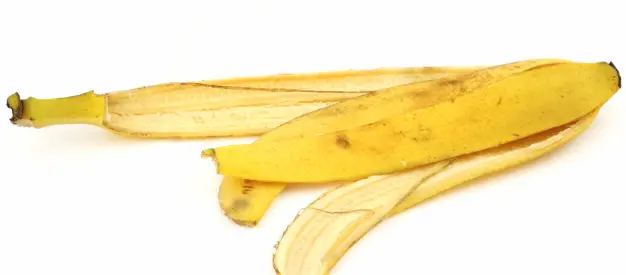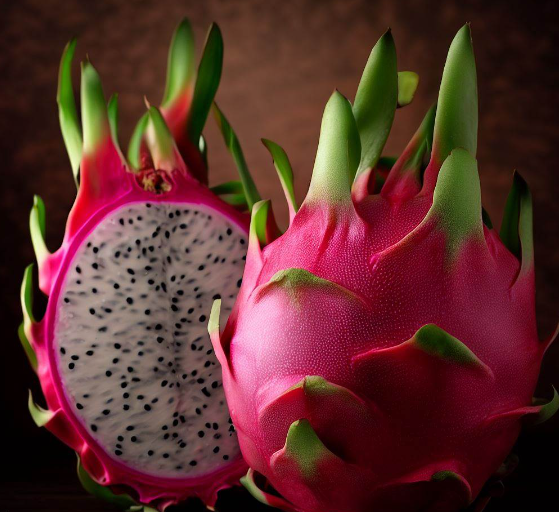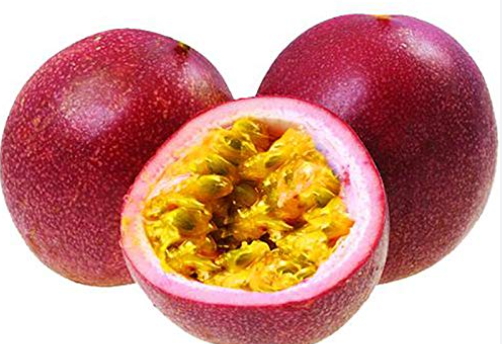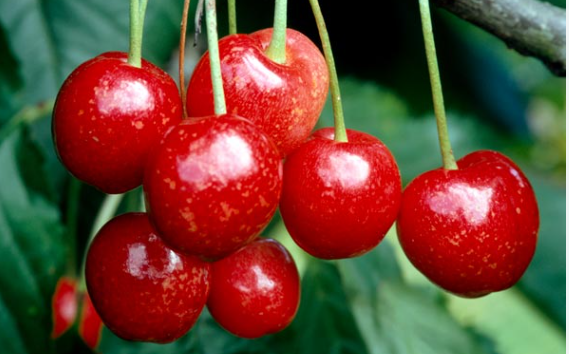Dragon fruit, also called pitaya, is an exotic fruit that’s pretty and tasty. It has either pink or yellow skin and white flesh with tiny black seeds. Lately, more and more people like eating it. But like every fruit, dragon fruit can go off if you don’t store it right.
It’s important to know how to spot a bad dragon fruit so you don’t eat one that’s gone off. In this article, we’ll talk about how to tell if a dragon fruit isn’t good anymore and how you should store it to keep it fresh for longer.
Dragon fruit doesn’t last long and can get spoiled easily if not kept the right way. It’s really important to know when a dragon fruit has gone bad so you avoid eating it and getting sick.
If you eat a bad dragon fruit, you might get a stomach ache, throw up, have diarrhea, or get thirsty a lot. Some people might even have an allergic reaction to a spoiled dragon fruit.
If you learn the signs of a bad dragon fruit, you can stay safe and make sure you’re eating fruit that’s good and fresh. Knowing how to store dragon fruit correctly can also make it last longer.
Table of Contents
- How To Tell If Dragon Fruit Is Bad?
- Signs of Spoilage in Dragon Fruit
- 1. Appearance
- 2. Texture
- 3. Smell and Taste
- Causes of Spoilage in Dragon Fruit
- Best Practices for Storing Dragon Fruit
- 1. Temperature
- 2. Moisture
- 3. Handling
- How Long Does It Take For A Dragon Fruit To Spoil?
- What Happens If You Eat Bad Dragon Fruit?
- Wrapping Up
How To Tell If Dragon Fruit Is Bad?
Look for signs like changes in how it looks, feels, smells, and tastes. Bad dragon fruit can have brown or yellow skin, soft spots, mold, a gooey feel, a weird smell, and a sour taste.
Signs of Spoilage in Dragon Fruit
Being able to spot a spoiled dragon fruit means you can avoid eating one that’s not good. Here’s a list of things to look for:
1. Appearance
- Color changes: When the skin turns brown or yellow, the dragon fruit might be off. It should be a bright pink or yellow.
- Soft spots or bruises: Soft or bruised spots can mean the dragon fruit is starting to go bad.
- Mold or fungus: If you see any mold or fungus, don’t eat the dragon fruit.
2. Texture
- Mushy or slimy texture: If the inside feels too soft or slimy, the dragon fruit is no good anymore.
- Dry or shriveled skin: Dry or wrinkled skin can be a sign that the dragon fruit is old or wasn’t kept in the right conditions.
3. Smell and Taste
- Off-putting odor: If it smells bad, it’s likely spoiled.
- Bitter or sour taste: A bitter or sour flavor is a clear sign that the dragon fruit should not be eaten.
By knowing these signs, you can keep yourself from eating a dragon fruit that’s gone bad and keep healthy.
Causes of Spoilage in Dragon Fruit
There are a few reasons why dragon fruit can spoil. Knowing these reasons helps you keep the fruit fresh for longer. Some common reasons include:
- Microbial growth: Germs and mold can grow on dragon fruit if it touches dirty surfaces, isn’t handled right, or is kept in warm areas.
- Enzymatic browning: The fruit can turn brown when it’s cut and exposed to air. This doesn’t always mean it’s bad, but it doesn’t look nice.
- Physical damage: If the dragon fruit gets bruised from being handled roughly, it can go bad quickly. Also, wrong temperatures when storing can ruin the fruit.
Understanding why dragon fruit goes bad can help you take steps to save it from spoiling. Good ways to keep and handle the fruit can protect it from germs and damage.
Best Practices for Storing Dragon Fruit
The right way to store dragon fruit is key to keeping it fresh. Here are some tips:
1. Temperature
- Store in a cool place: Keeping dragon fruit in a spot that’s a little cool, like between 50°F and 55°F, can keep it from ripening too fast.
- Avoid refrigeration: Although the fridge can make dragon fruit last longer, too-cold temperature can harm it. It’s better at room temperature if you can.
2. Moisture
- Keep dry: Don’t let dragon fruit get wet or damp, and don’t wrap it in plastic that can trap moisture. This can make it moldy.
- Ventilation: Let the air move around the fruit by storing it in something like a basket. This keeps away moisture.
3. Handling
- Gentle handling: Be careful with dragon fruit. Don’t drop or press it hard. This can cause bruises and lead to spoilage.
- Separation from other fruits: Keep dragon fruit away from other fruits. Some fruits release a gas that can make others go off faster.
Sticking to these storage suggestions can help your dragon fruit stay fresh and tasty.
How Long Does It Take For A Dragon Fruit To Spoil?
The amount of time dragon fruit stays good can change based on how you keep it and if it’s ripe. Normally, a ripe dragon fruit can last from 5 to 7 days if you leave it out on the counter, or up to two weeks if you put it in the fridge. But it can go off faster if it’s not treated or stored well.
What Happens If You Eat Bad Dragon Fruit?
Eating a bad dragon fruit can give you food poisoning, with things like feeling sick, throwing up, having a runny stomach, and bellyache. Mold on the fruit can also cause allergies or breathing problems. Always check if the dragon fruit is good before you eat it, and throw away any that looks or smells off.
Wrapping Up
Dragon fruit is a tasty and healthy choice for your food. But it’s key to store and handle it the right way to keep it from going bad.
By knowing what shows that a dragon fruit is bad and by storing it the best way, you can enjoy it in your meals for a longer time. Always check your fruit before eating and don’t eat any that’s gone bad. You can have dragon fruit in things like smoothies, salads, or just by itself as a fun treat.





![What Is the National Fruit of Argentina and Why? [ANSWERED]](https://fruitonix.com/wp-content/uploads/2023/04/What-Is-the-National-Fruit-of-Argentina-.jpg)
![Can Chickens Eat Blueberries? [Yes or No]](https://fruitonix.com/wp-content/uploads/2023/06/Screenshot-2023-06-22-7.25.29-PM.png)


